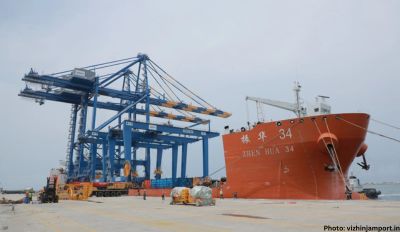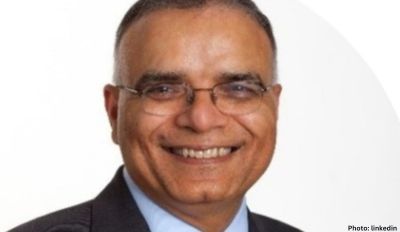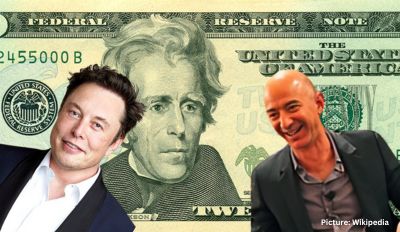India currently faces an unprecedented level of income inequality, ranking among the highest globally. This disparity between the affluent and the impoverished surpasses that of nations like the US, Brazil, and South Africa, and even exceeds historical records during colonial rule. This raises a crucial question: Despite the significant disadvantage faced by the majority, why do one billion voters opt to further enrich the wealthy during their democratic participation in the upcoming April and May elections?
A recent study conducted by the World Inequality Lab highlights this alarming trend, dubbing India’s current state as the “Billionaire Raj,” a nod to the colonial era. The study spans a century but focuses notably on the period between 2014 and 2022, encompassing the initial eight years of Prime Minister Narendra Modi’s tenure and his right-wing Hindu nationalist Bharatiya Janata Party (BJP).
Under Modi’s leadership, India has witnessed the emergence of an extremely privileged class. The report indicates that fewer than 10,000 individuals among the 920 million adult population earn an average annual income of 480 million rupees ($5.7 million), a staggering figure surpassing the average income by over 2,000 times. Astonishingly, nine out of ten Indians earn less than this average.
The Modi administration has remarkably favored the affluent, resulting in a doubling of real income for the elite few at the pinnacle of the economic hierarchy. This surge in wealth accumulation has outpaced the growth experienced by the median earner by fourfold. At the 99.99% percentile, wealth increased by a staggering 175%, a sharp contrast to the 50% growth observed at the midpoint.
A handful of business magnates, including Mukesh Ambani, Gautam Adani, and Sajjan Jindal, have ascended to the ranks of the world’s wealthiest individuals. However, their wealth accumulation hasn’t been fueled by global market innovation but rather by dominating domestic sectors such as transportation, telecommunications, energy, retail, and media. The Modi government has further incentivized large corporations through tax breaks, monopoly asset allocations like airports, and favorable policies, often at the expense of small businesses and workers.
Despite these economic windfalls for the elite, the benefits have failed to trickle down to the working class. The manufacturing sector, which could have alleviated unemployment, has shrunk significantly, accounting for only 13% of total output compared to China’s 28%. Real wages have remained stagnant for a decade, exacerbating India’s employment crisis, particularly among young college graduates.
Notably, mainstream media, predominantly influenced by wealthy business conglomerates, has neglected to cover protests by unemployed youth demanding government intervention. The dearth of employment opportunities has led to desperation among the youth, with some seeking jobs abroad or even engaging in conflicts like the Russia-Ukraine war.
Despite these economic challenges, voter behavior remains perplexing. In the 2019 elections, Modi’s BJP witnessed a significant increase in vote share, reaching 37%. This trend suggests a likelihood of Modi securing a third term, a forecast echoed by numerous analyses of the upcoming polls.
The affluent have significantly contributed to political funding, with $1.5 billion funneled to the BJP since 2018, comprising 58% of all known political donations. It’s evident that these contributions aim to further the interests of the wealthy elite. However, the anonymity surrounding these donations has drawn scrutiny, culminating in a Supreme Court ruling declaring them unconstitutional.
Despite growing discontent, there’s a prevailing belief among the wealthy that electoral polarization along religious lines will mitigate voter concerns regarding political-business collusion. Additionally, government subsidies have somewhat placated the poor, albeit accompanied by divisive rhetoric targeting minority communities.
India’s recent classification as an “electoral autocracy” by the V-Dem Institute underscores the influence of billionaires on the nation’s democratic integrity. The potential for a stock market surge following a Modi victory further solidifies the oligarchs’ grip on the economy and political narrative.
If current trends persist, a mere 100 million adults could wield unprecedented economic control, paving the way for oligarchic dominance over India’s future.











